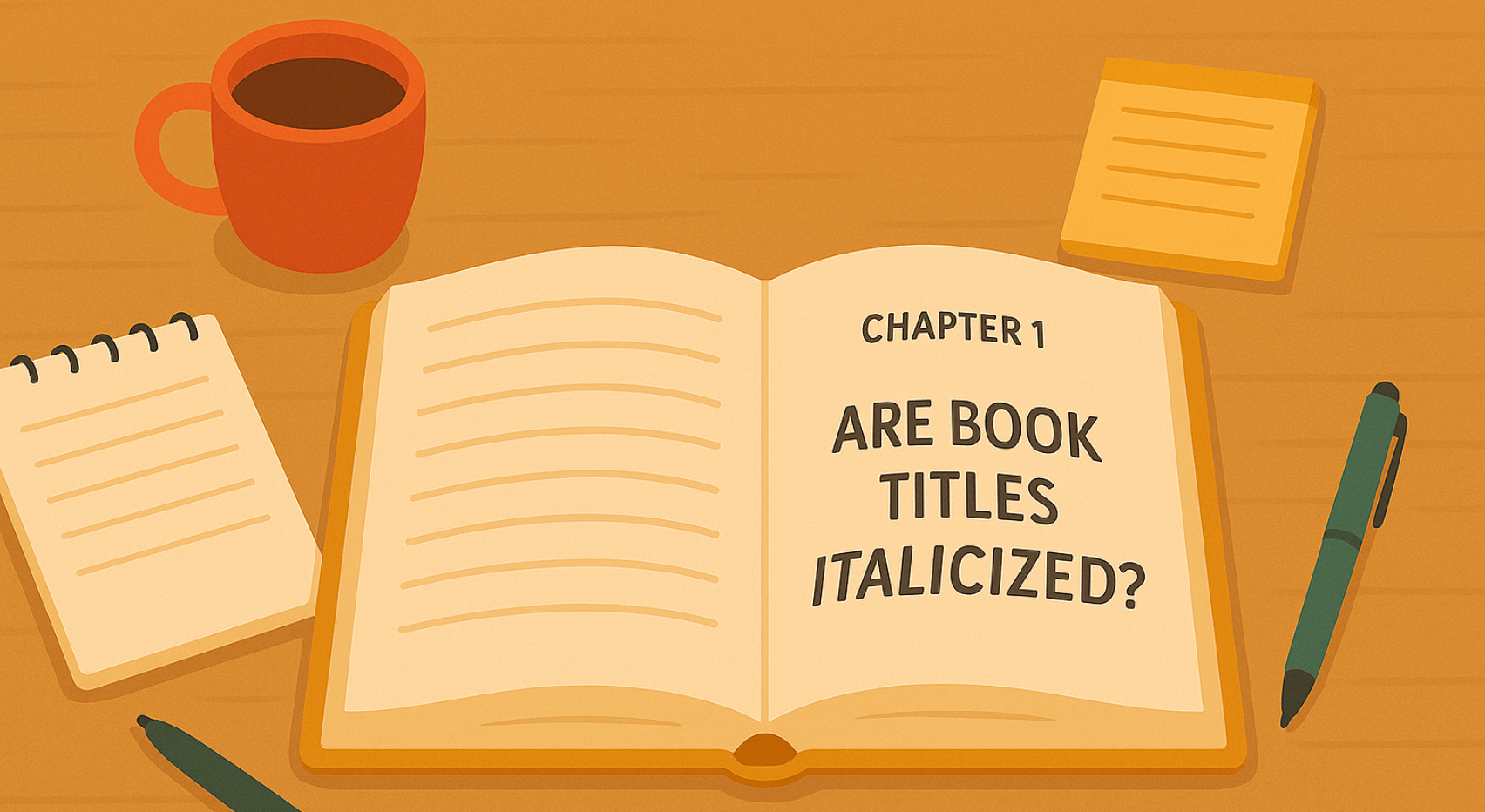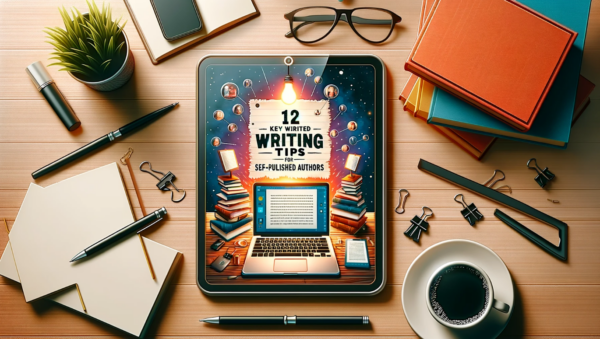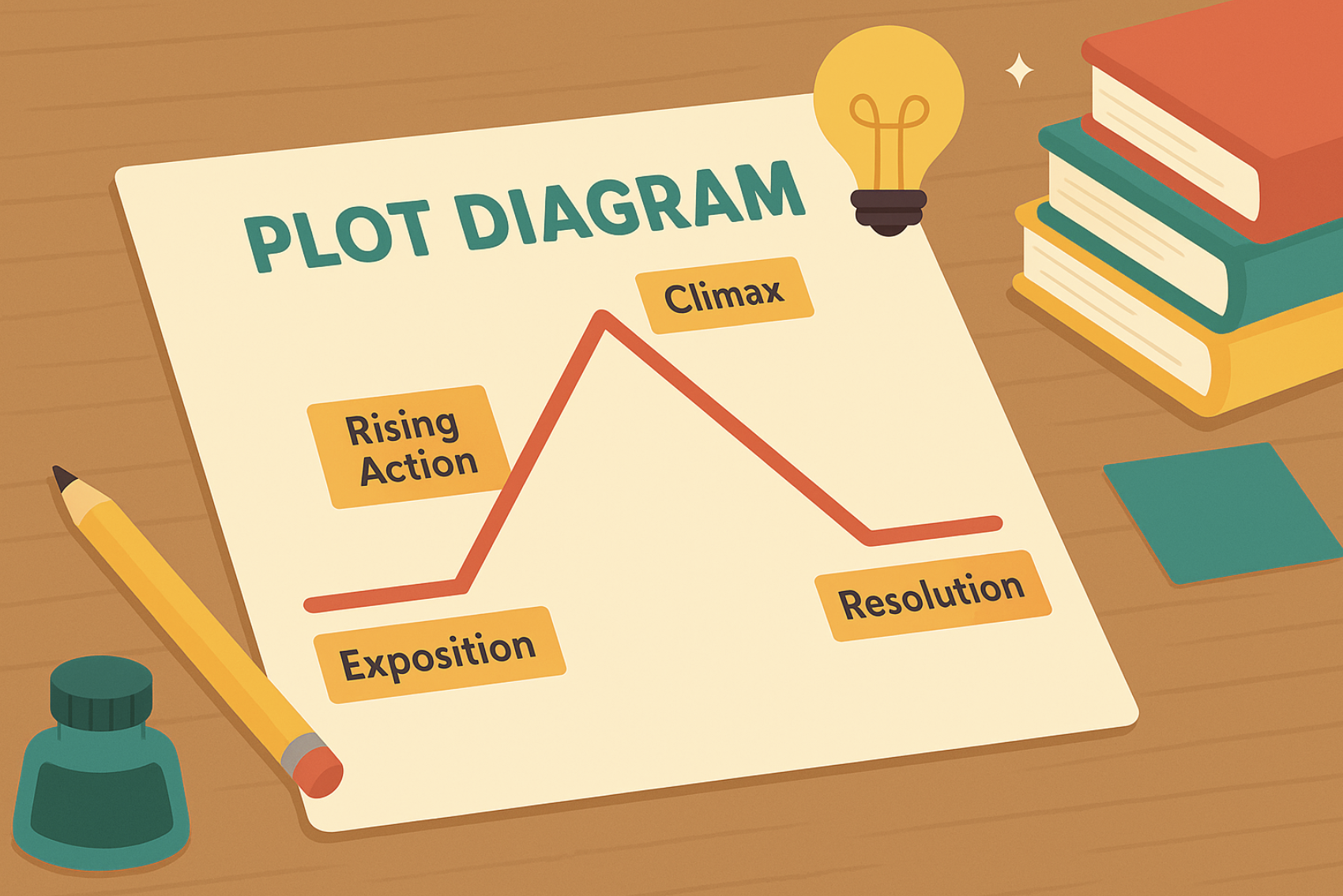Pacing is like the heartbeat of your story—too slow, and your readers drift away; too fast, and they might feel lost. Striking that perfect balance keeps readers hooked, flipping pages late into the night. Whether you’re building suspense or speeding things up for a thrilling climax, mastering pacing is key to creating an engaging narrative. Think of it as giving your story its rhythm—no one wants a novel that feels like a marathon, right?
In this article, we’ll dive into eight essential pacing techniques to keep your readers glued to every word. Ready to find your groove? Let’s get started!
What Is Pacing in Writing and Why Does It Matter?
Pacing is the tempo at which your story unfolds. It’s not just about how quickly events happen, but how smoothly the narrative flows from one moment to the next. Good pacing strikes a balance between action and reflection, keeping your readers intrigued without overwhelming them. It allows for those breathless, page-turning moments, as well as slower scenes where characters and themes develop.
Your Publishing Journey Awaits – Start NowWhy does pacing matter? Because if your story drags, your readers may put the book down—and worst of all, they might not pick it up again. On the flip side, of course, if the action never pauses, your audience might struggle to connect with your characters or fully absorb the plot. Finding the right rhythm is crucial for creating a memorable reading experience.
Effective pacing can be seen in countless bestsellers, from the nail-biting thrillers of Stephen King to the slow-burn emotional depth of literary novels. It’s the difference between readers devouring your book in one sitting or forgetting it on their nightstand. Let’s dive into examples of how you can master this delicate art!
Technique 1: Varying Sentence Structure and Length
If pacing is the heartbeat of your story, then sentence structure is its rhythm. The way you craft sentences can dramatically influence how fast or slow your story feels to readers. Short, punchy sentences work wonders during intense action scenes or moments of high tension—they give a sense of urgency and keep the reader on edge. On the other hand, longer, more descriptive sentences allow your readers to take a breath, absorb the scene, and delve deeper into the world you’re creating.
Imagine writing a fight scene. Quick, short sentences mimic the rapid movement and adrenaline, while a drawn-out sentence might feel like an awkward pause in the middle of the action. Now picture a reflective scene where your character contemplates their next move—here, longer, flowing sentences give your reader time to slow down and think alongside your character.
A well-balanced mix of sentence lengths keeps your writing dynamic and prevents the dreaded monotony that can make even the most exciting plot points fall flat. Take a tip from seasoned authors: when the action picks up, your longer sentences often should too; when it’s time to slow things down, let the words breathe.
To sum up: The key to great pacing? Mix it up with varied sentence lengths that match the mood of the scene.
Technique 2: Use of Action Scenes to Build Momentum
Action scenes are the adrenaline of any story, and they’re essential for keeping the plot moving. These moments bring excitement and create momentum, but they need to serve a purpose beyond thrills. The best action scenes drive the plot forward, develop characters, or raise the stakes. Without these elements, action can feel hollow or, worse, repetitive.
To build momentum with action scenes, focus on making each one meaningful. Whether it’s a physical battle, a chase, or a tense argument, use the action to reveal something about your characters or introduce a new plot point. Keep the action tight and impactful, ensuring that every punch, shot, or word counts.
Sum it up: Action scenes should thrill and drive the story forward—each one should have purpose and punch.
Technique 3: End Chapters with Tension
One of the best ways to keep your readers glued to your story is by ending your chapters with a sense of tension or unresolved conflict. Cliffhangers aren’t just for TV shows—they’re a powerful tool in book writing, too. Whether you leave a crucial question unanswered or a character in a precarious situation, ending your chapter on a high note of suspense makes readers eager to turn the page and start the next chapter.
Think about how you can raise stakes or create a sense of urgency at the close of each chapter. Maybe your main character just faced a tough decision, or perhaps something unexpected happens just as the chapter ends. It’s all about leaving your readers asking, “What happens next?”
But tension doesn’t always have to be life-or-death; for many writers, it can be as simple as emotional conflict or a question that remains open. The key is to avoid wrapping everything up neatly at the end of each chapter—keep the threads of tension alive and ready to pull readers deeper into your story.
Sum it up: Ending chapters with tension keeps readers hooked and eager to see what happens next.
Technique 4: Incorporating Subplots and Parallel Storylines
Subplots and parallel storylines are powerful tools for maintaining pacing and adding interesting layers to your story. While your main plot drives the central narrative, subplots provide a break from the primary action, allowing readers to explore side characters, relationships, or smaller conflicts that enrich the overall experience.
These secondary threads help balance the pacing by giving the reader moments of relief or deeper insight, preventing burnout from constant high-stakes action. However, subplots should serve the main narrative—whether by building tension, fleshing out the world, or deepening character arcs, they should always complement the main story.
Your Publishing Journey Awaits – Start NowA subplot might follow a secondary character’s journey or explore a relationship that indirectly affects the outcome of the main plot. But be careful not to let these side stories overtake the core narrative. The trick is weaving them in seamlessly, using them to create pauses that don’t disrupt the momentum but instead heighten the stakes when you return to the main plot.
Sum it up: Subplots are the perfect way to balance your pacing while adding depth to your story’s main narrative.
Technique 5: Use Dialogue to Speed Things Up
Dialogue is one of the most effective ways to quicken the pace of your story. Rapid back-and-forth conversations between characters create a natural flow that engages readers, moving the plot forward without getting bogged down in excessive detail. Dialogue can also reveal crucial information about characters, conflicts, or upcoming events without the need for long explanations.
The key to using dialogue for pacing is keeping it sharp and purposeful. Avoid filler conversations that don’t serve the plot or reveal something new about the characters. Well-written dialogue should feel dynamic, driving the story forward and keeping readers turning the page.
For example, a heated argument or a fast-paced exchange between characters during a tense situation can create a feeling of urgency. When done right, dialogue can inject energy into scenes that might otherwise feel static or slow.
Sum it up: Dynamic dialogue keeps your story moving and helps maintain a fast, engaging pace.
Technique 6: Limit Descriptive Passages and Backstory
While descriptive passages and backstories are essential for world-building and character development, overusing them can slow down your story’s pacing. Readers appreciate vivid settings and deep character histories, but if you linger too long on these elements, the narrative momentum can begin to stall. The trick is to weave in description and backstory sparingly, integrating them into the action rather than halting the story to deliver them in bulk.
For instance, instead of pausing to describe a character’s entire history, drop small details about their past through dialogue, internal thoughts, or actions. Similarly, use descriptive passages that serve the story—focus on details that enhance the scene or mood without overwhelming the reader with unnecessary information.
Remember, less is often more. By keeping descriptions concise and backstory relevant to the immediate plot, you’ll maintain a brisk pace while still providing the richness readers crave.
Sum it up: Keep descriptions and backstory lean to avoid slowing down the pace—focus only on what enhances the scene.
Technique 7: Build to a Climactic Moment in the Middle
A well-paced story often hinges on a strong midpoint—a climactic moment that re-energizes the plot and drives it toward the resolution. Think of the middle as the story’s backbone, where the stakes are raised, tensions boil over, and the characters’ paths take a dramatic turn. A compelling midpoint ensures that the narrative doesn’t sag, maintaining the reader’s interest through to the end.
The buildup to this climactic moment is just as important as the moment itself. Leading up to it, create tension through smaller conflicts or unanswered questions that keep readers on the edge of their seats. When the big moment hits—whether it’s a shocking revelation, an intense action sequence, or a pivotal decision—it should feel earned and propel the story forward with renewed energy.
In essence, the midpoint keeps the pacing tight by providing a turning point that changes the direction of the story and pushes the characters into new challenges.
Sum it up: A strong midpoint keeps the momentum high and pulls readers deeper into the story’s core conflicts.
Technique 8: Vary the Speed with Genre Expectations in Mind
Different genres have different pacing needs, and aligning and setting your story’s rhythm with genre expectations is key to keeping readers satisfied. For example, a thriller demands fast-paced action scenes and short chapters to maintain suspense, while a literary novel may benefit from slower, more reflective moments that allow for character exploration and thematic depth.
Understanding your genre’s pacing conventions doesn’t mean you can’t surprise your readers with moments that break the mold, but staying within the expected range will make the rest of your story feel more cohesive and engaging. Think of a horror novel where the slow buildup of tension is crucial for the atmosphere, or a romance where emotional beats need room to breathe before reaching a resolution.
By varying the speed of your narrative based on your genre, you can create a more immersive experience that matches reader expectations while still delivering on the uniqueness of your story.
Sum it up: Adjust your pacing to fit your genre’s conventions while keeping your unique story voice alive.
Writing Pacing Techniques:Master the Art of Pacing to Keep Readers Hooked
Pacing is the secret ingredient of storytelling that keeps your readers turning pages long past bedtime. By mastering these techniques—varying sentence structure, building tension at the right moments, and balancing action with reflection—you’ll create a story that never loses its grip. Remember, pacing is about rhythm; it’s the steady pulse of your narrative that keeps readers engaged, excited, and emotionally invested.
Whether you’re writing a fast-paced thriller or a slow-burn literary novel, these tips will help you find the right balance to keep your audience hooked from the first page to the last. Now, it’s your turn—start experimenting with pacing and watch how your story comes alive.
Ready to put these tips to use? Use Spines to publish your manuscript in 30 days or less! Visit today for a free 15-minute consultation to guide you into your next steps in publishing.
Your Publishing Journey Awaits – Start Now






